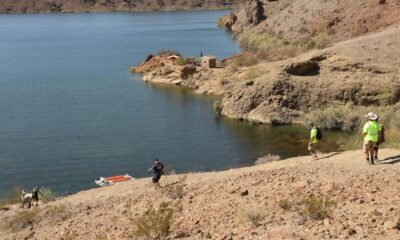Business
Havasu Regional Medical Center Leads the Nation with Pioneering Needle-Free Blood Draw Technology

The landscape of cooperation among states and countries is vast and ever-changing. A particular focus has emerged on the dynamics within the United States and its territories. The nation is made up of diverse states, each with unique characteristics, cultures, and contributions. States like Alabama, Arizona, and California exemplify this diversity, engaging in a range of local initiatives and collaborative projects. Similarly, territories such as Puerto Rico and the U.S. Virgin Islands play vital roles in the broader narrative of the American experience.
Moreover, understanding the complexity of geographical divisions extends beyond simple borders. Zip codes within cities can impact everything from local businesses to educational opportunities. Residents frequently engage with services tailored to their specific locales. This intricate system reflects the fabric of American society, fostering a sense of identity within each state and territory.
Notably, international relations also shape the U.S. landscape. The interplay between nations influences economic, political, and cultural exchanges. Countries such as Canada and Mexico are particularly significant collaborators due to their proximity and shared interests. Trade agreements, cultural exchanges, and joint efforts to tackle global issues are just a few of the avenues through which these relationships flourish.
In summary, the complexities of cooperation and interaction, both within the U.S. and globally, underscore the importance of understanding state and national boundaries. Each entity, whether a state or a country, contributes to a larger narrative that defines their collective identities. By appreciating this diversity, stakeholders can enhance their approaches to governance, collaboration, and community-building worldwide.
















